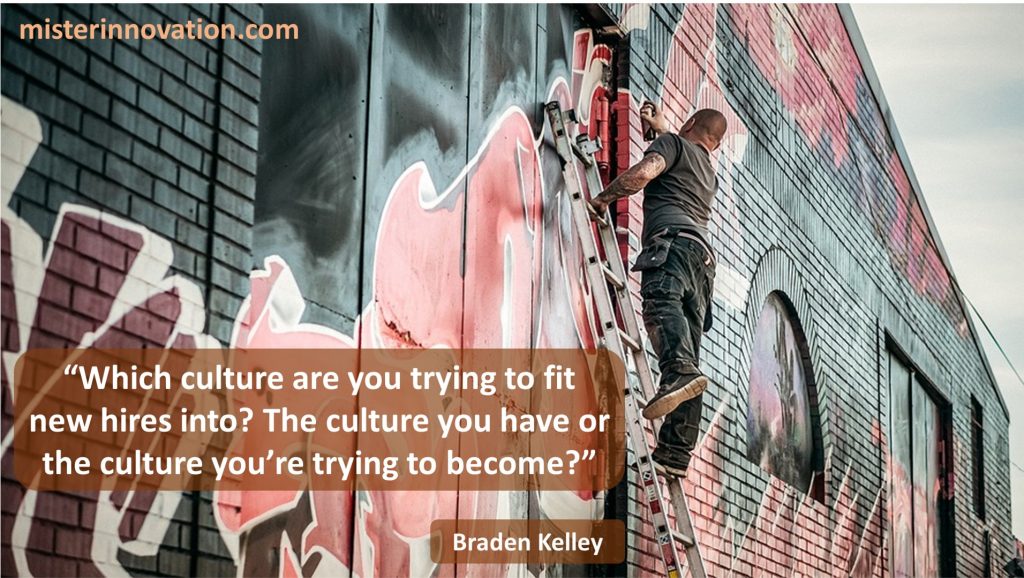
GUEST POST from Greg Satell
It’s no secret that Google is one of the most innovative companies on the planet. Besides pioneering and then dominating the search industry, it has also become a leader in developing futuristic technologies such as artificial intelligence, driverless cars and quantum computing. It has even launched a life science company.
What makes Google so successful is not one particular process, but how it integrates multiple strategies into a seamless whole. For example, Google Brain started out as a 20% time project, then migrated out to its “X” Division to accelerate development and finally came back to the mothership, where it now collaborates closely with engineering teams to build new products.
Yet perhaps its most important strategy, in fact the one that makes much of the rest possible, is how it partners with top scientists in the academic world. This is no “quick hit,” but a well thought out, long-term game plan designed to establish deep relationships based on cutting edge science and embed that knowledge deeply into just about everything Google does.
Building Deep Relationships to the Academic Community
“We design a variety programs that widen and deepen our relationships with academic scientists,” Maggie Johnson, who heads up University Relations at Google, told me. In fact, there are three distinct ways that Google engages directly with scientists beyond the typical research partnerships with universities.
The first is its Faculty Research Awards program, which are small one-year grants, usually to graduate students or postdocs whose work may be of interest to Google. These are unrestricted gifts, although recipients are highly encouraged to publish their work publicly, that allow the company to develop relationships with young talent at the beginning of their careers.
While anybody can apply for a Faculty Research Award, Focused Research Awards are only available by invitation. Typically, these are awarded to more senior researchers that Google has already had some contact with and last two to three years. However, they are also unrestricted grants that researchers can use as they see fit.
The third way that Google engages with scientists to to proactively engage leaders in a particular field of interest. Geoffrey Hinton, for example, is a pioneer in neural networks and widely considered one of the top AI experts in the world. He splits his time between his faculty position at the University of Toronto and working on Google Brain.
“Spinning In” World Class Scientists
The academic research programs provide many benefits to Google as a company. They give access to the most promising students for recruiting, allow it to help shape university curriculums and keep it connected to breakthrough research in important fields. However, the most direct benefits probably come inviting researchers to spend a sabbatical year at Google, which it calls its Visiting Faculty Program.
For example, Andrew Ng, a top AI researcher, decided to spend a year working at Google and quickly formed a close working relationship with two of the company’s brightest minds, Greg Corrado and Jeff Dean, who were interested in what was then a new brand of artificial intelligence called deep learning. Their collaboration became the Google Brain project.
The Visiting Faculty Program touches on everything Google does. Recently they’ve had people visiting the company like John Canny at UC Berkeley, who helped with the development of TPU’s, chips specialized to run Google’s AI algorithms and Michael Rabin, a Turing Award winning mathematician who was working on auction algorithms. For every Google priority, at least one of the world’s top minds is working with the company on it.
What makes the sabbatical program unusual is how deeply it is integrated into everyday work at the company. “In most cases, these scientists have already been working with our teams through one of our other programs, so the groundwork for a productive relationship has already been laid,” Maggie Johnson told me.
Developing “Win-Win” Relationships
One of the things that makes Google’s outreach to researchers work so well is that it is truly a win-win arrangement. Yes, the company gets top experts in important fields to work on its problems, but the researchers themselves get to work with unparalleled tools and data sets. They also get a much better sense of what problems are considered important in a commercial environment.
Katya Scheinberg, a Professor at Lehigh University who focuses on optimization problems, found working at Google to be a logical extension of her earlier collaboration with the company. “I had been working on large-scale machine learning problems and had some connections with Google scientists. So spending part of my sabbatical year at the company seemed fairly natural. I learned a lot about the practical problems that private sector researchers are working on,” she told me.
Since leaving Google, she’s found that her time at the company has shifted the focus of her research. “Working at Google got me interested in some different problems and alerted me to the possibility of applying some approaches I had worked on before to different fields of application.”
Sometimes scholars stay for longer and can have a transformative impact on the company. As noted above, Andrew Ng spent several years at the company. Andrew Moore, a renowned computer scientist and a former Dean of Carnegie Mellon’s computer program, took a leave of absence from his university to set up Google’s Research Center in Pittsburgh. Lasting relationships like these are rare in industry, but incredibly valuable.
Connecting to Discovery Is Something Anyone Can Do, But You Have to Make the Effort
Clearly, Google is an unusual company. There’s not many places that can attract the type of talent that it can. However, just about any business can, for example, support the work of a young graduate student or postdoc at a local university. In much the same way, inviting even a senior researcher to come for a short time is not prohibitively expensive.
Innovation is never a single event, but a process of discovery, engineering and transformation. It is by connecting to discovery that businesses can truly see into the future and develop the next generation of breakthrough products. Unfortunately, few businesses realize the importance of connecting with the academic world.
Make no mistake, if you don’t discover, you won’t invent and if you don’t invent you will be disrupted eventually. It’s just a matter of time. However, you can’t just show up one day and decide you want to work with the world’s greatest minds. Even Google, with all its resources and acumen, has had to work really hard at it.
It’s made these investments in time, focus and resources because it understands that the search business, as great as it is, won’t deliver outsized profits forever. Today, we no longer have the luxury to manage for stability, but must prepare for disruption.
— Article courtesy of the Digital Tonto blog and previously appeared on Inc.com
— Image credit: Dall-E on Bing
![]() Sign up here to join 17,000+ leaders getting Human-Centered Change & Innovation Weekly delivered to their inbox every week.
Sign up here to join 17,000+ leaders getting Human-Centered Change & Innovation Weekly delivered to their inbox every week.










 Blockbuster is a great example of a company that had the wrong goal in mind. They were so hyper focused on putting a video rental store in every neighborhood that they failed to see the potential opportunity in digital streaming services.
Blockbuster is a great example of a company that had the wrong goal in mind. They were so hyper focused on putting a video rental store in every neighborhood that they failed to see the potential opportunity in digital streaming services. 